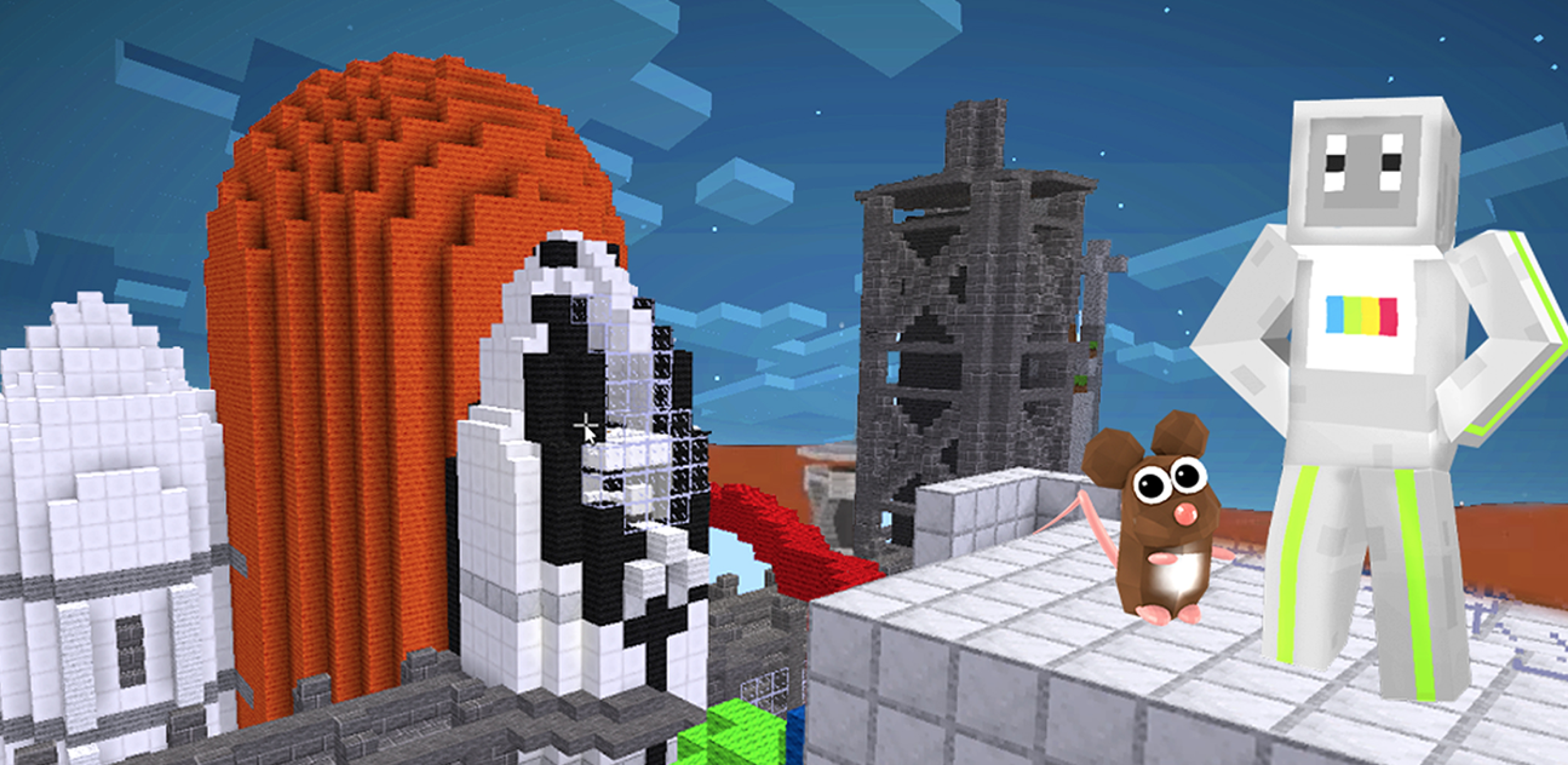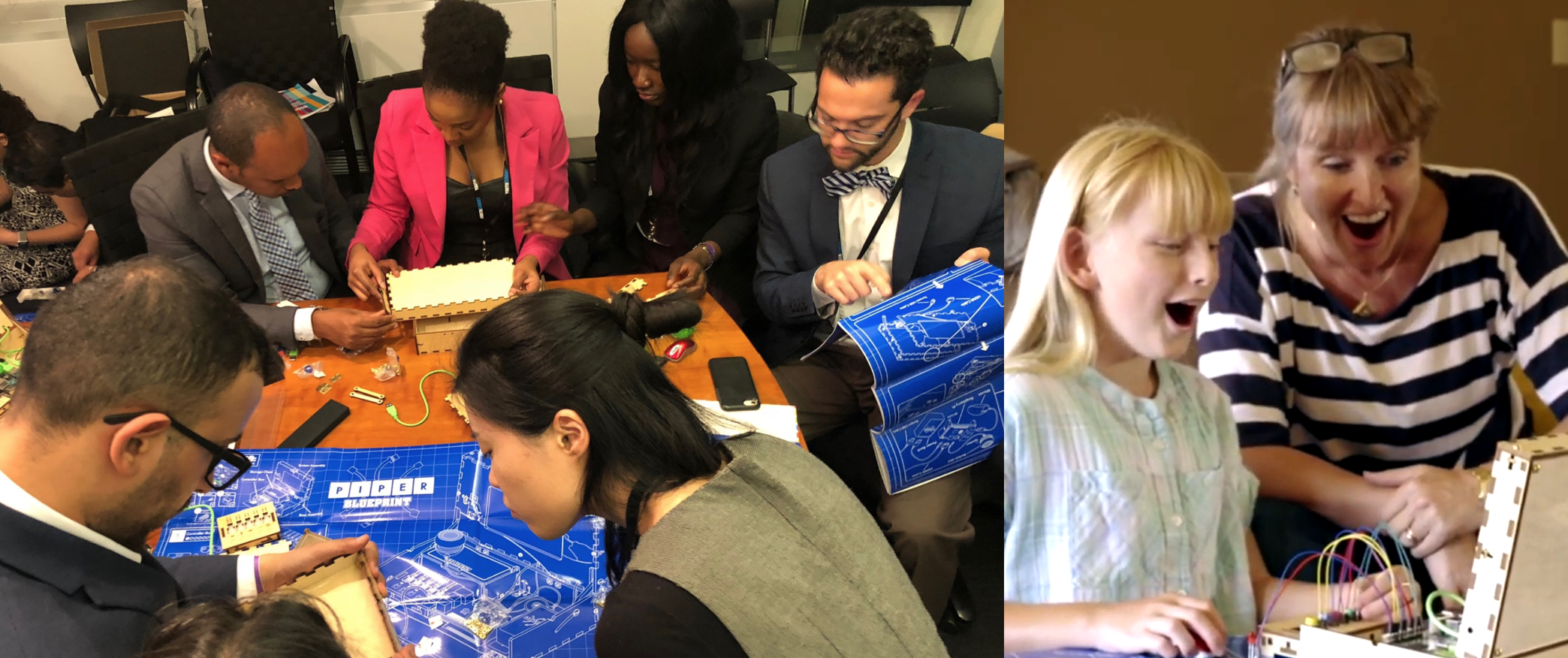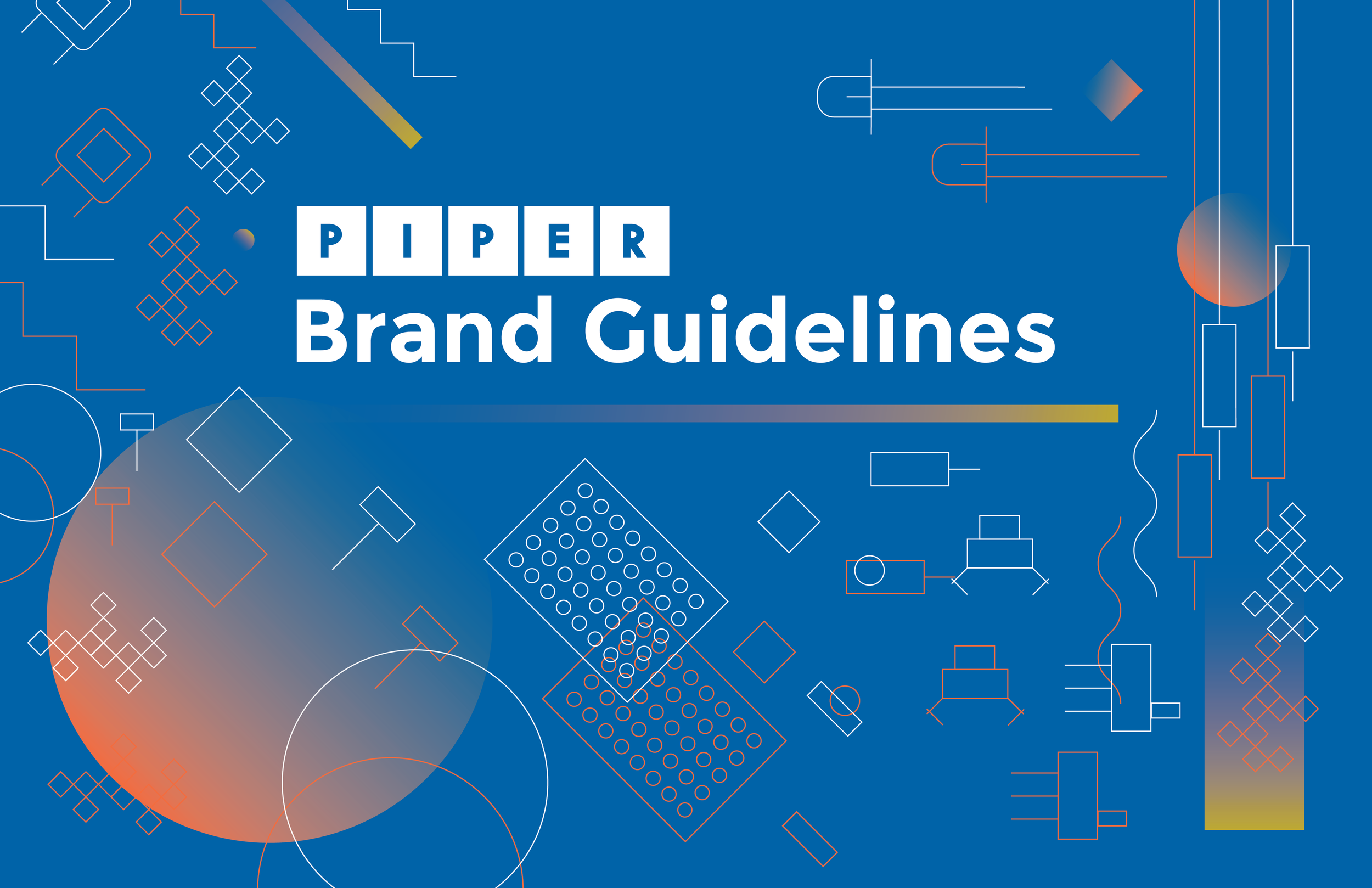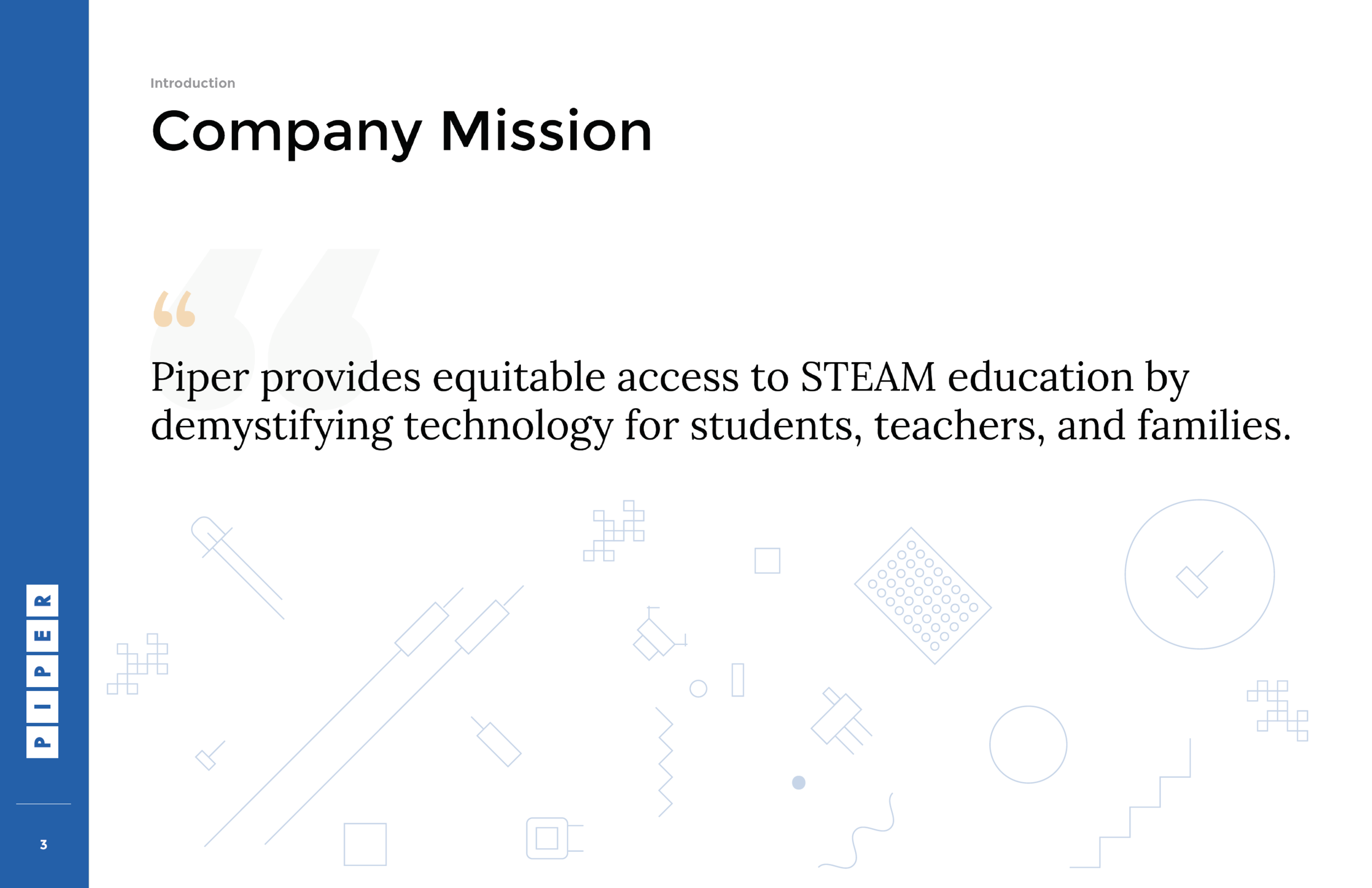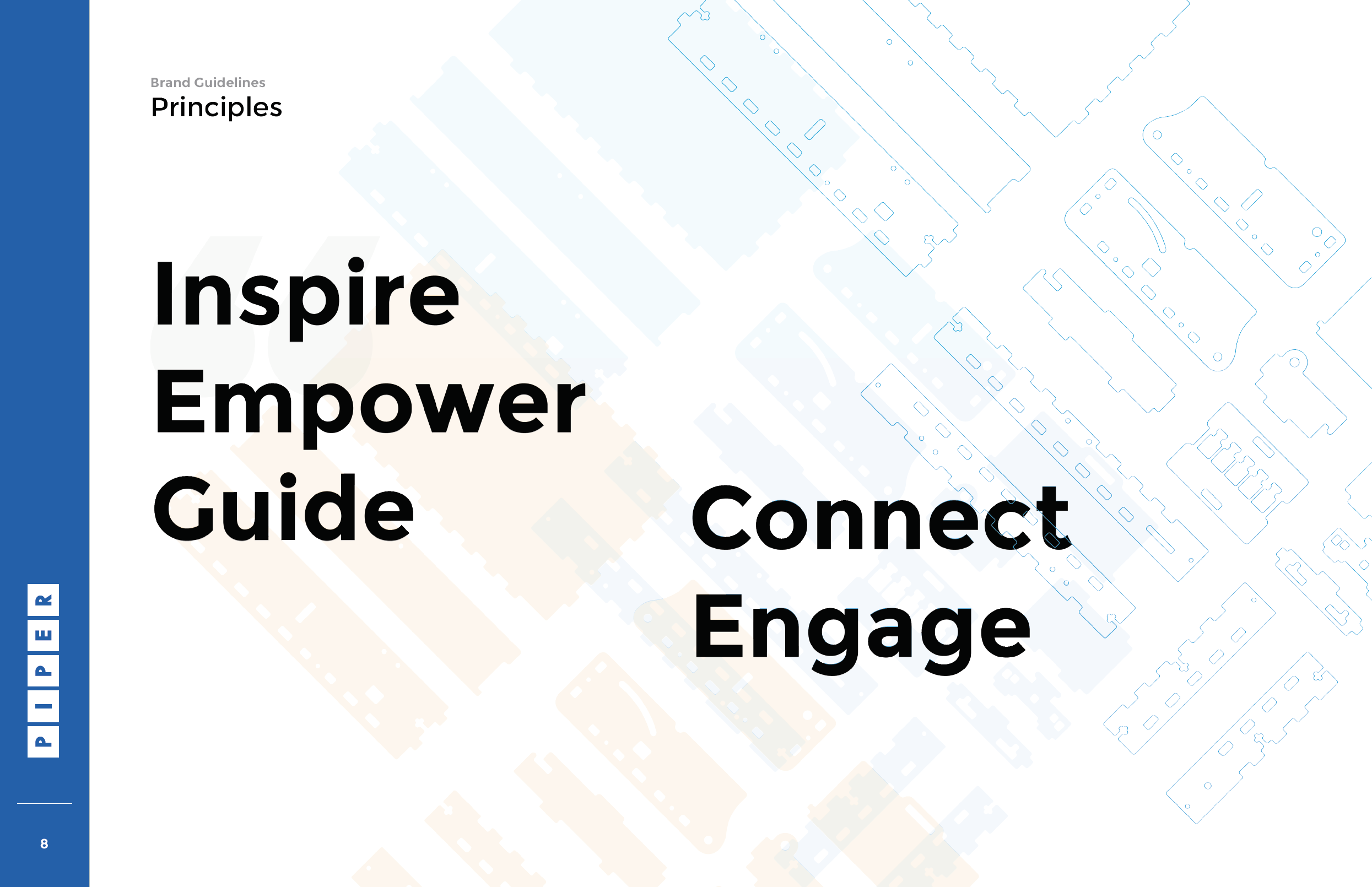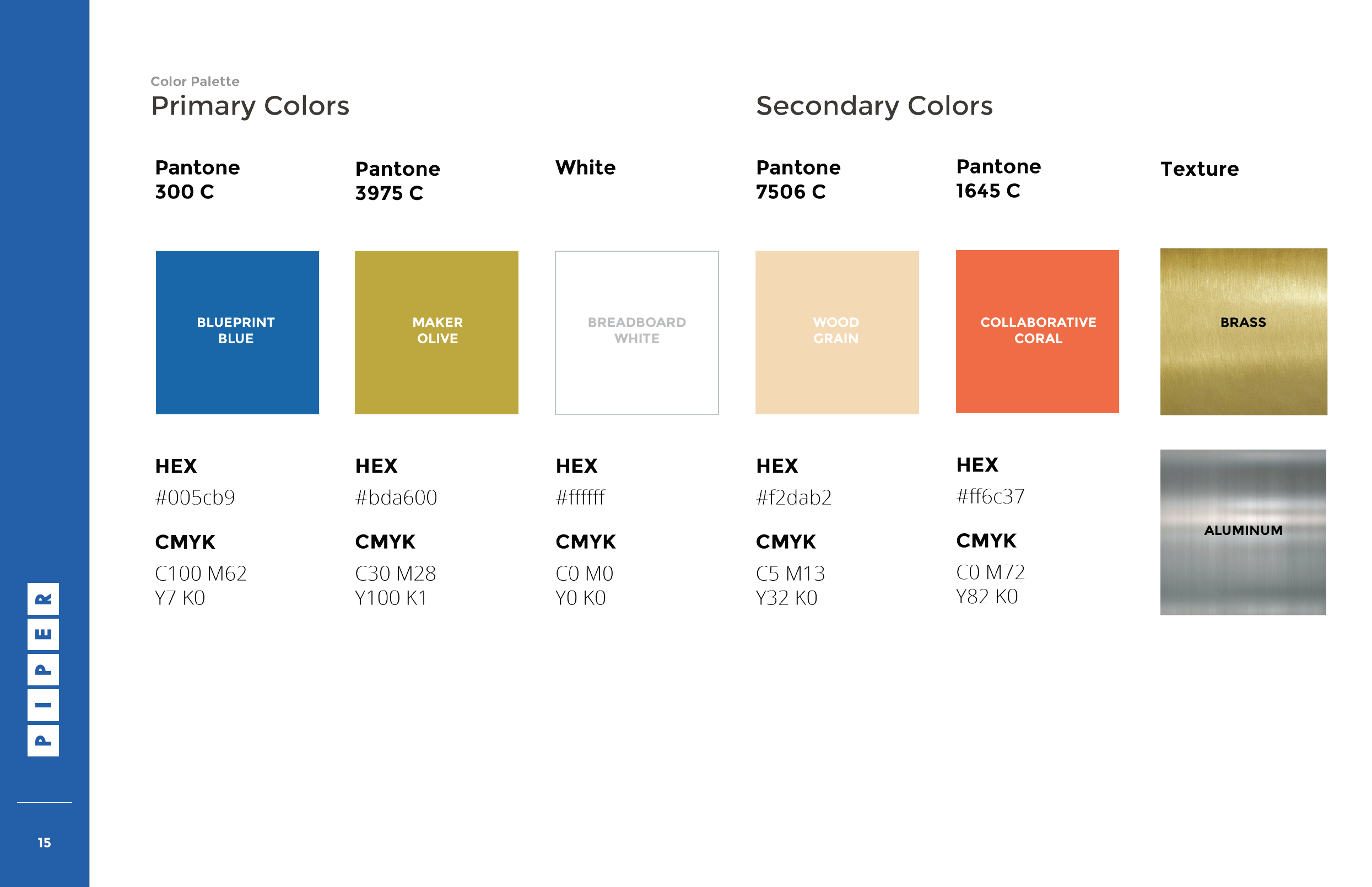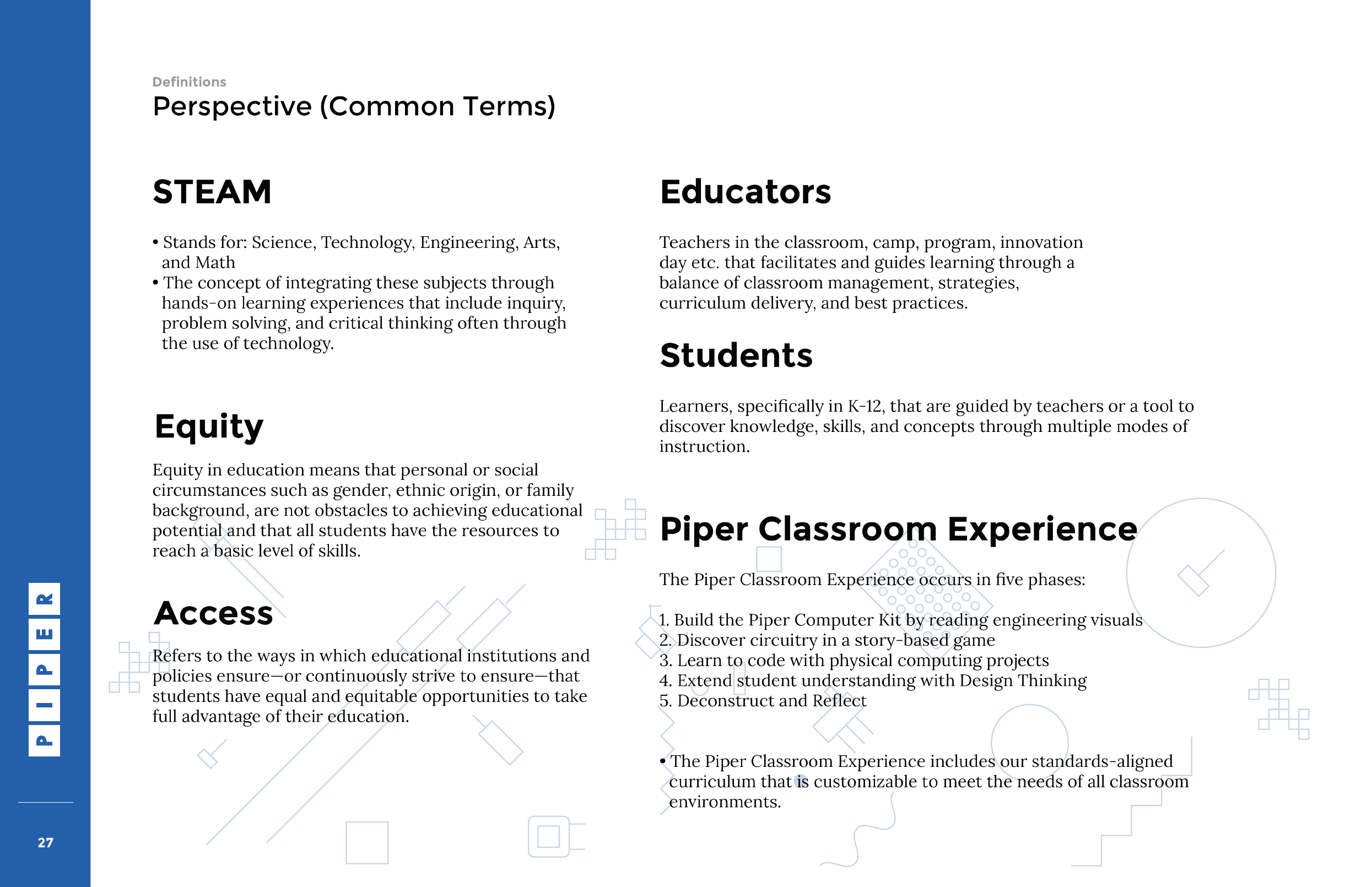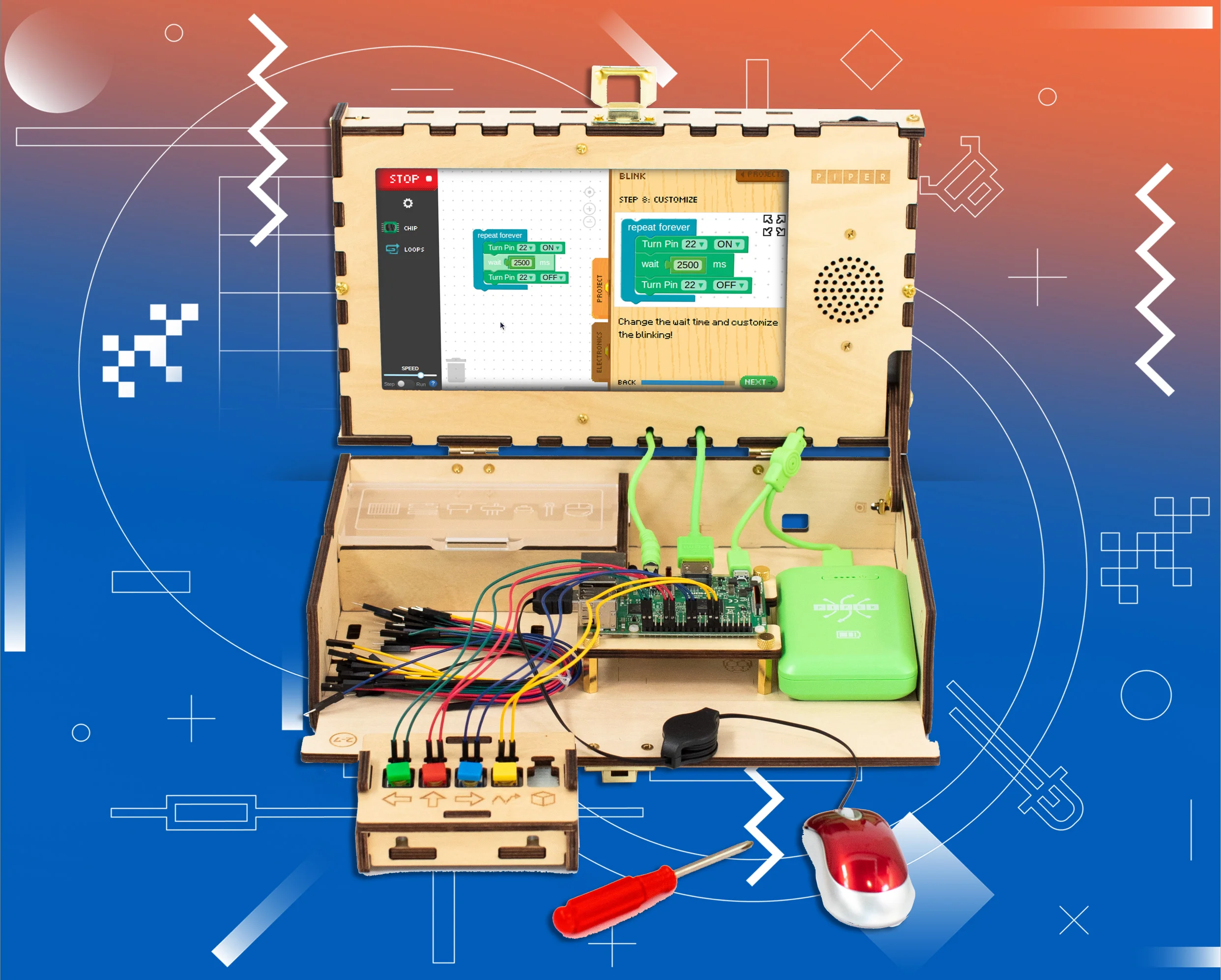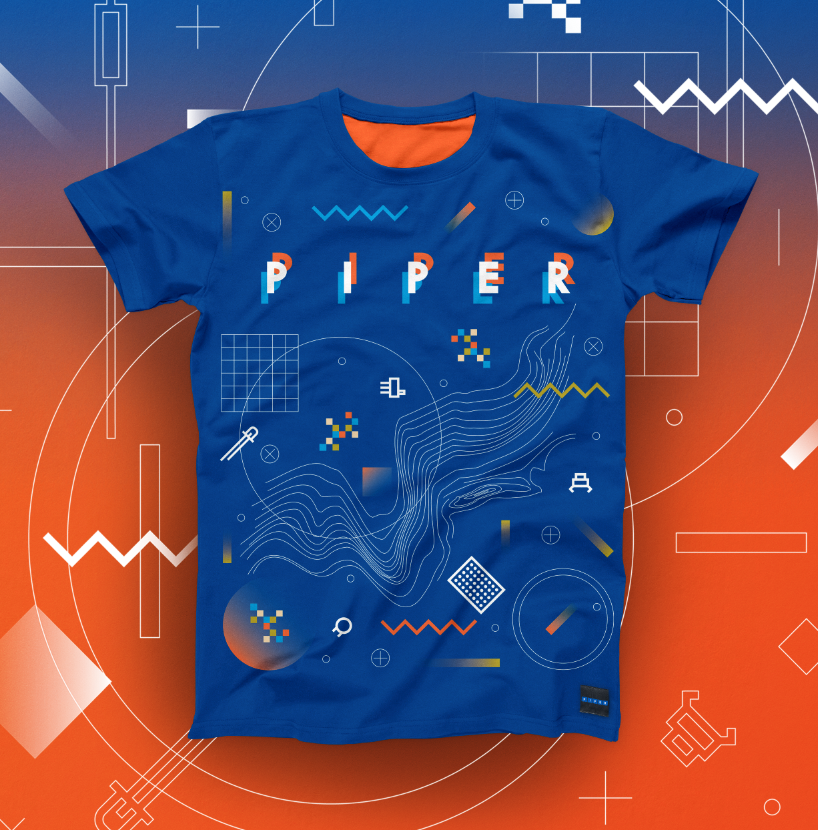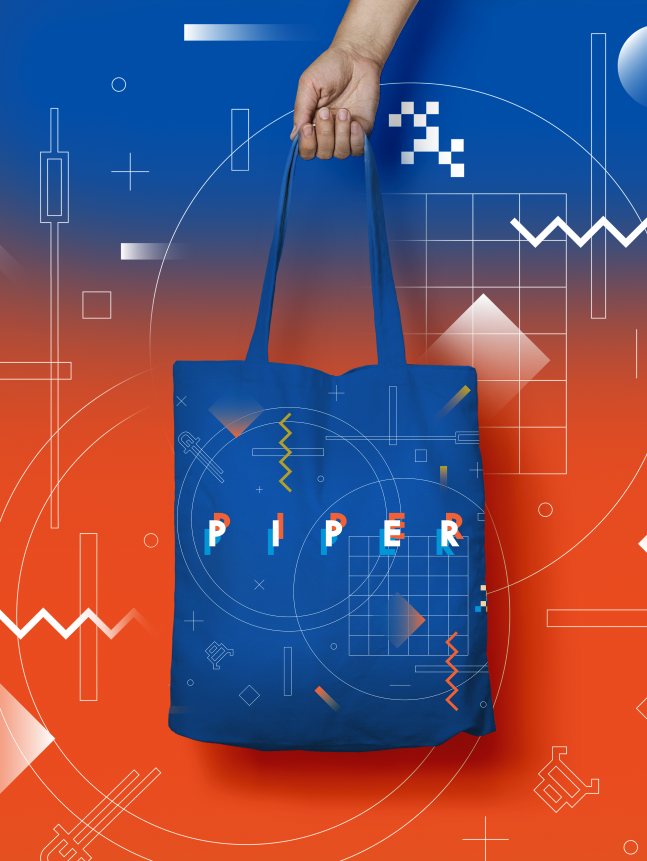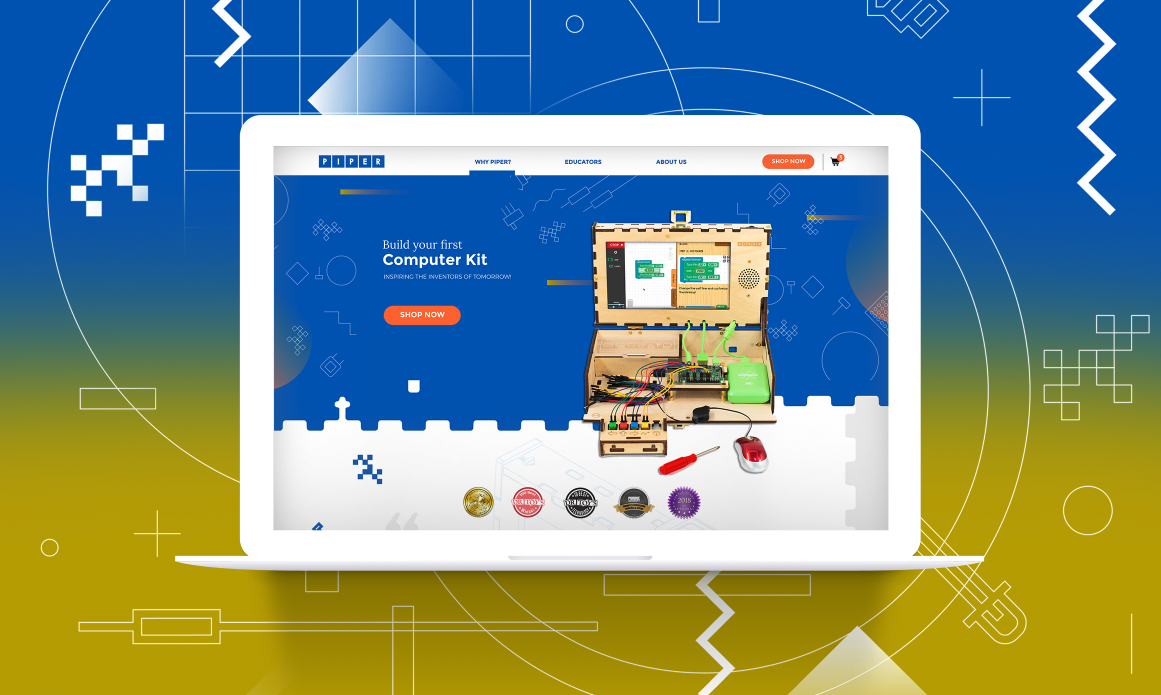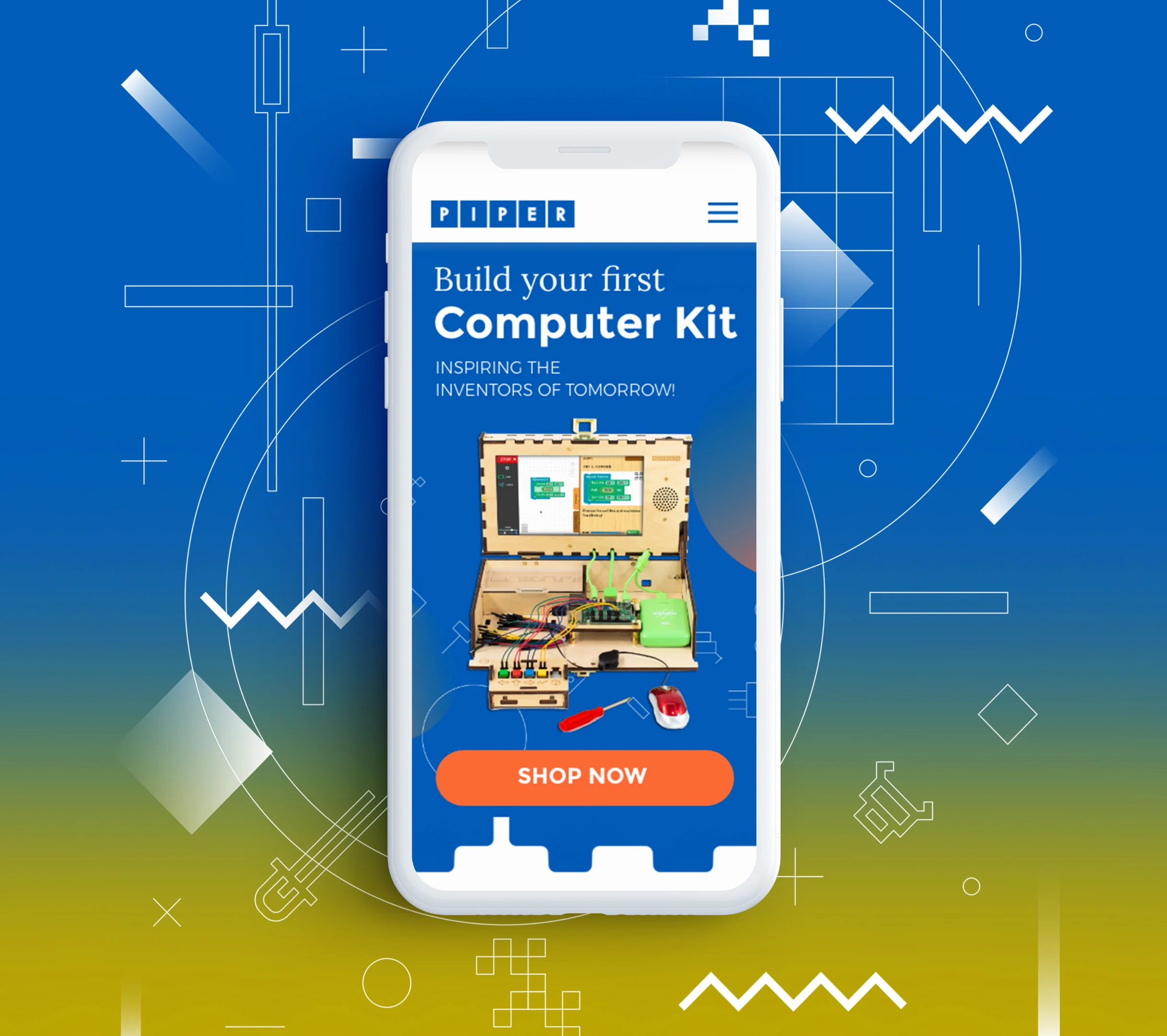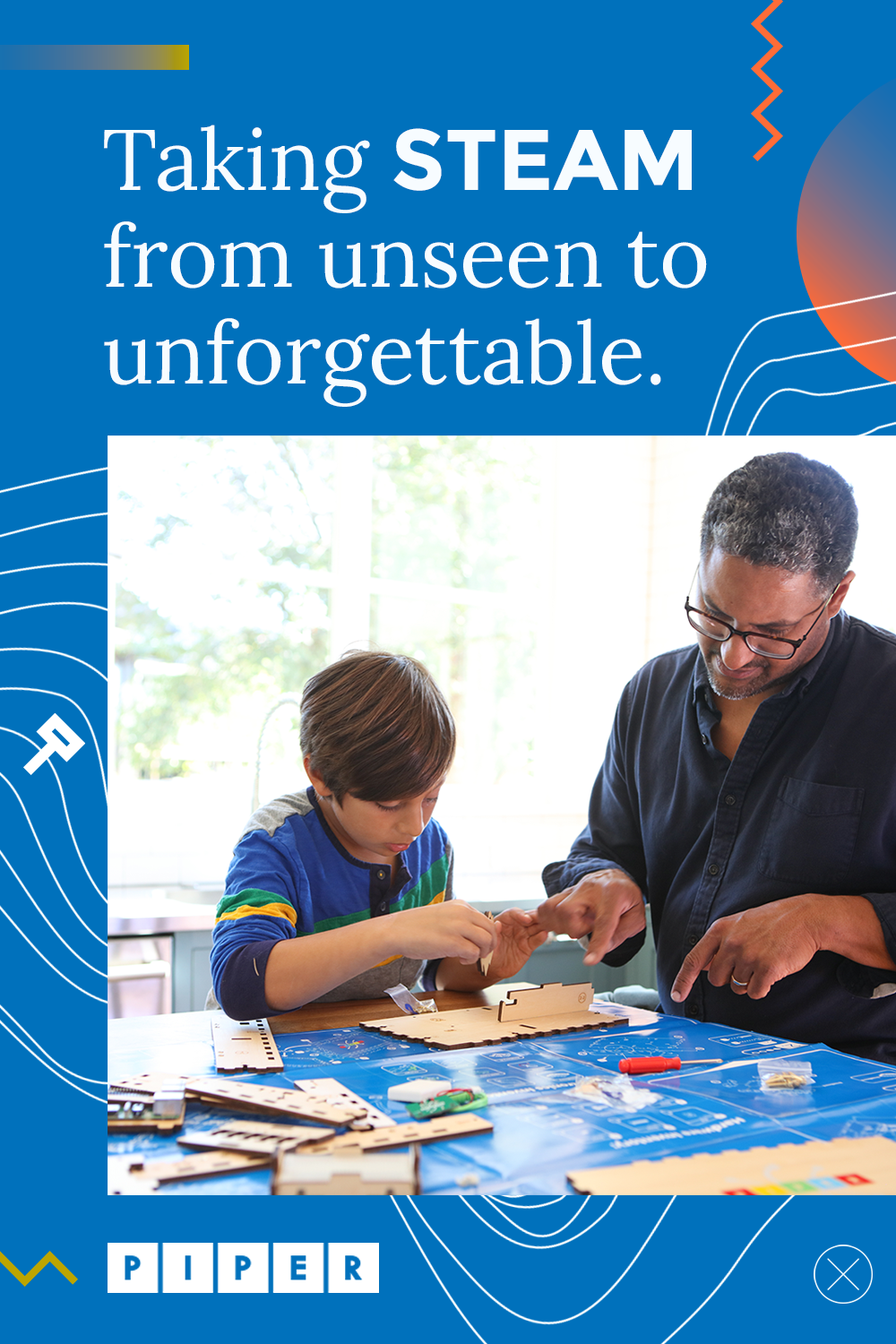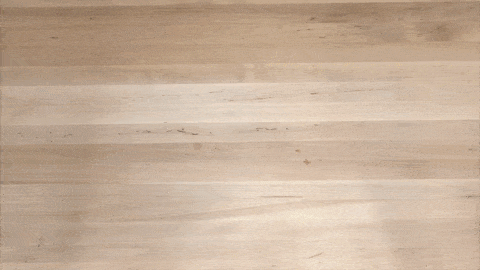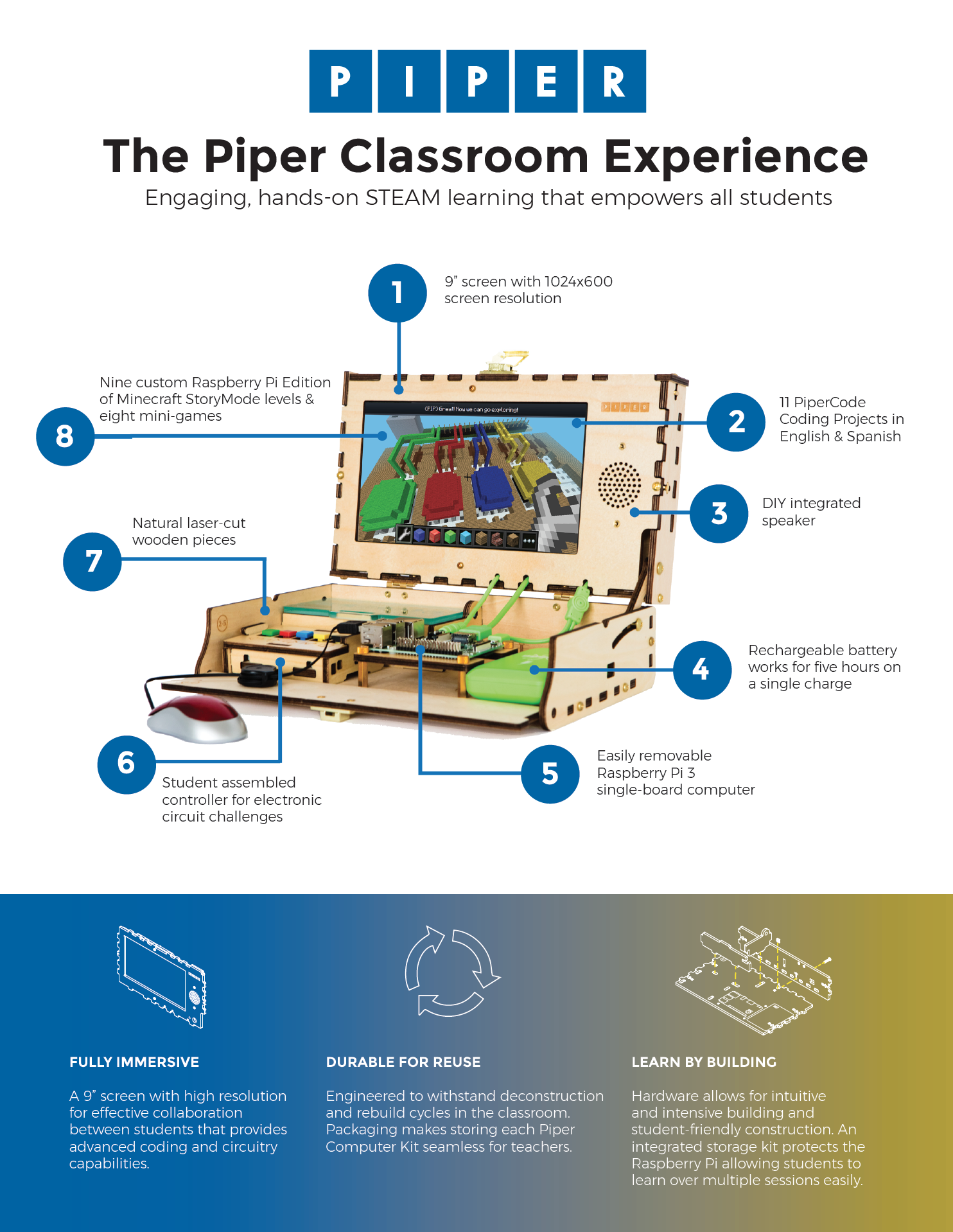The Process:
I had meetings with the founders, the team, past employees and what our users (Educators, Parents, Kids) were saying about our product. Because of the complexity of our product, everyone had their own perspective and understanding—this didn't make it any easier. 😅
Conflicts and Challenges:
There were many differences in our direction early on as a company before we could solidify messaging and any guidelines. It was half the company who was for keeping Minecraft as a key selling point and motif, and while the other half who didn't believe it was necessary based off of user feedback.
What I needed, to be able to make effective work (it helps A LOT) was a clear Mission, Vision, Core Values—and subsequently—a Product Roadmap.
Analyzing:
What are the core things of our product? And what are things that would scale? Should the Minecraft: Pi Edition characters be our mascots, what colors are necessary. What market are we targeting?...Etc.
Eventually I was able to narrow down that Piper is all about Fluency.
This was a stepping stone and one that was very beneficial for the company and for myself to be able to produce a working brand guideline.

